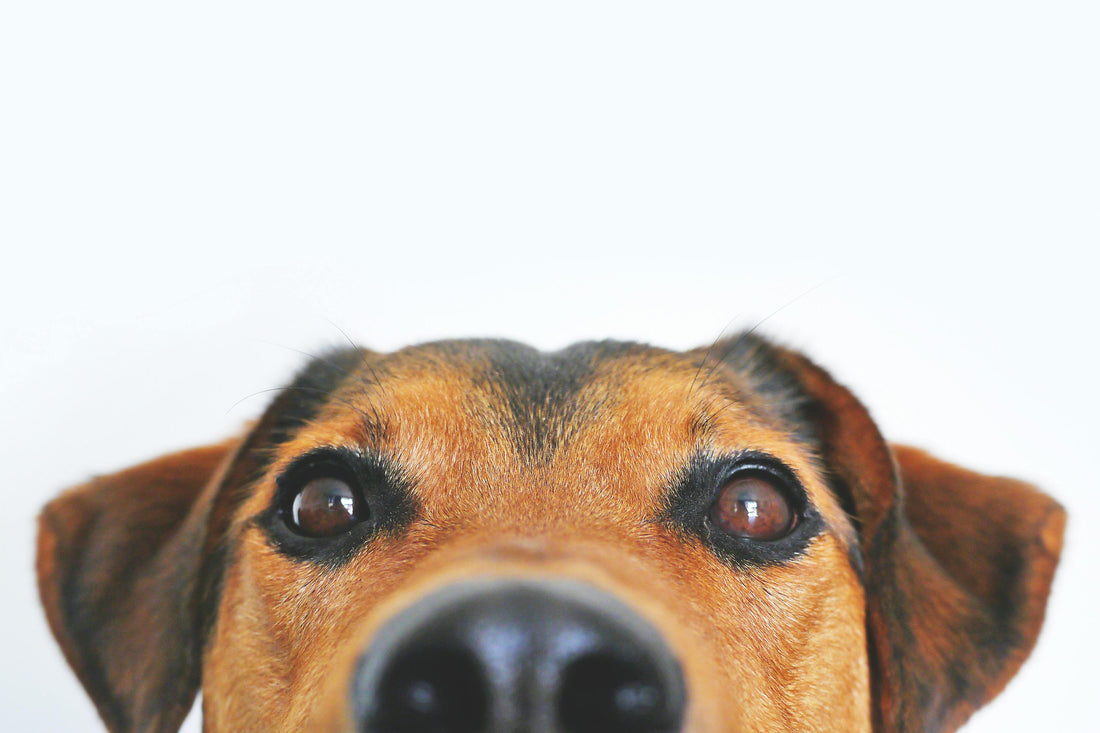
Can Dogs Eat Honey? Here’s What You Need to Know
Share
Honey is a sweet, golden treat that many of us enjoy, but what about our furry friends? If you’ve ever wondered whether your dog can indulge in honey too, the good news is that dogs can safely enjoy honey—but as with all treats, there are a few things to keep in mind. Let’s dive into the benefits, dos, and don'ts of feeding honey to your dog.
Why Honey Can Be Good for Your Dog
You might be surprised to learn that honey isn’t just a sweet treat—it actually has some potential benefits for dogs. Here are a few reasons why honey could be a healthy addition to your dog’s diet:
1. A Natural Source of Sweetness
Honey contains natural sugars that are easier for your dog’s body to process compared to refined sugars. It's a great option when you want to add a little sweetness to homemade dog treats or food.
2. Packed with Nutrients
This sweet substance is rich in vitamins, minerals, and antioxidants. It’s a great source of B vitamins, calcium, and iron. These nutrients support your dog’s immune system and overall health, and the antioxidants help protect against free radical damage.
3. A Quick Energy Boost
Active dogs, or those who need a little pick-me-up, might benefit from honey's natural sugars. It provides an instant energy boost, which is why some dog owners use it for high-energy dogs or after long walks.
4. Soothing for Coughs
Does your dog have a mild cough or throat irritation? A little bit of honey can help soothe their throat. It's known for its soothing properties, which can help calm dry throats or minor respiratory discomfort.
Things to Consider Before Giving Honey to Your Dog
Although honey is generally safe for dogs, it’s important to give it in moderation and keep a few things in mind:
1. Stick to Small Amounts
Honey is high in sugar, so it’s important to use it sparingly. Too much can lead to an upset stomach, diarrhea, or even weight gain. A teaspoon of honey is more than enough for most dogs.
2. Avoid for Puppies or Diabetic Dogs
Puppies under 12 weeks old shouldn’t have honey due to the potential risk of botulism spores, which can affect young dogs. Also, dogs with diabetes should avoid honey because of its sugar content, as it could impact their blood sugar levels.
3. Raw Honey vs. Processed Honey
Raw honey is the best option for your dog because it has more of its natural nutrients intact. Be sure to avoid processed honey with added sugars or chemicals. Always check the ingredients to make sure it’s pure honey without harmful additives like xylitol (which is toxic to dogs).
Ways to Give Your Dog Honey
Now that you know it’s safe, you might be wondering how to offer honey to your dog. Here are a few simple ideas:
1. As a Treat
You can mix a little honey into your dog’s regular food, or pour it over treats for a natural sweetener. Just be sure it’s a small amount.
2. Help With Coughs
If your dog’s throat is a little sore, a spoonful of honey can help ease the irritation. Just make sure to consult with your vet if the cough persists for more than a couple of days.
3. Over Food or Snacks
Some dogs love the taste of honey, so adding it as a topping on food or mixing it into their favorite snacks can be a great way to give them a treat they’ll love.
Wrapping It Up
Honey can be a sweet, healthy addition to your dog’s diet when given in moderation. It’s packed with nutrients, offers a quick energy boost, and can even help soothe minor throat irritation. However, always be cautious about the quantity and ensure that your dog doesn’t have any medical conditions like diabetes that might make honey unsuitable for them.
Remember, it’s always a good idea to check with your vet before introducing anything new to your dog’s diet, just to be safe. If your dog enjoys honey, give them a little now and then—after all, they deserve a treat too!
If you're looking for high-quality honey to share with your dog, check out our Pure Yorkshire Honey for a delicious, all-natural treat!






